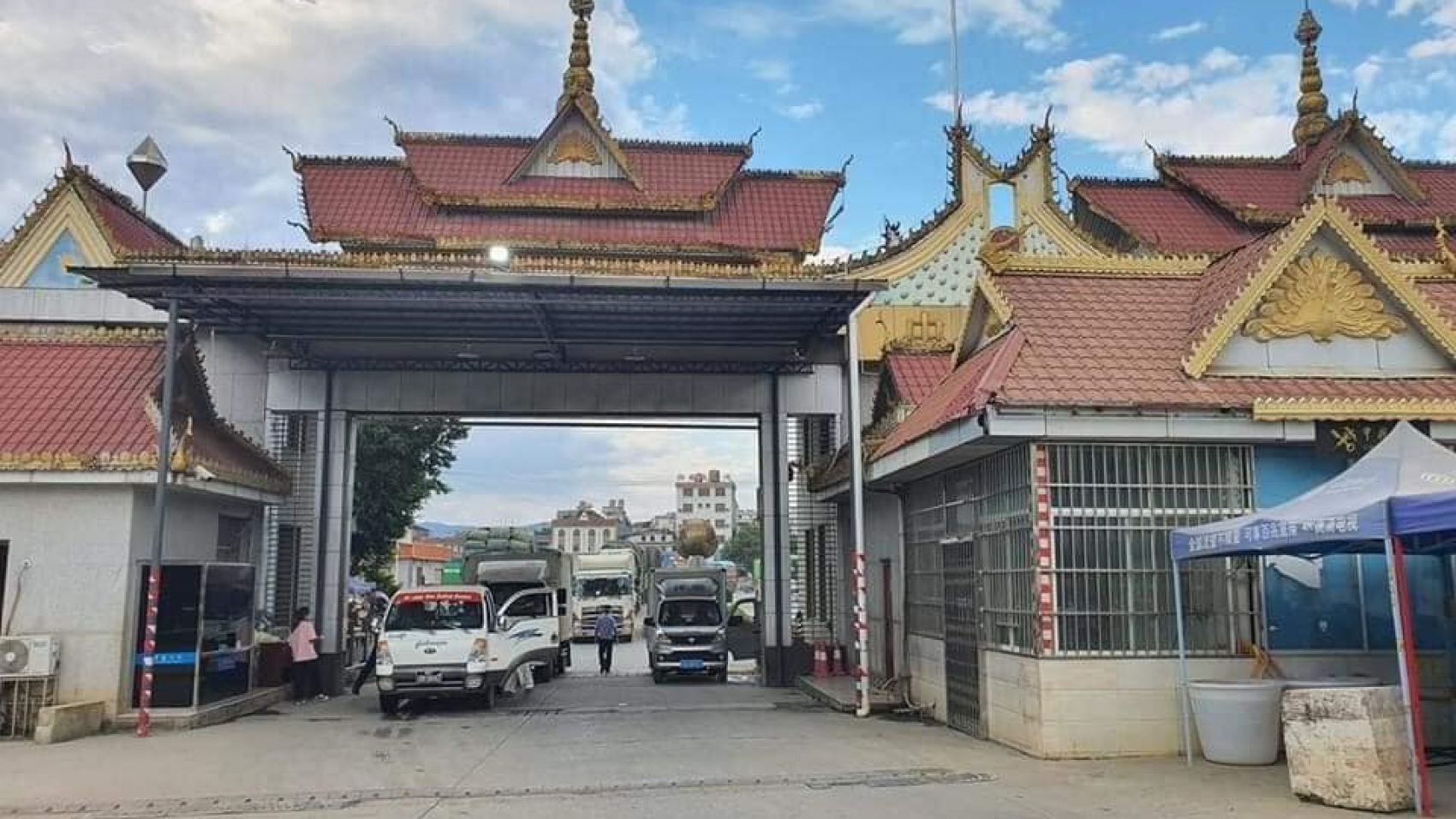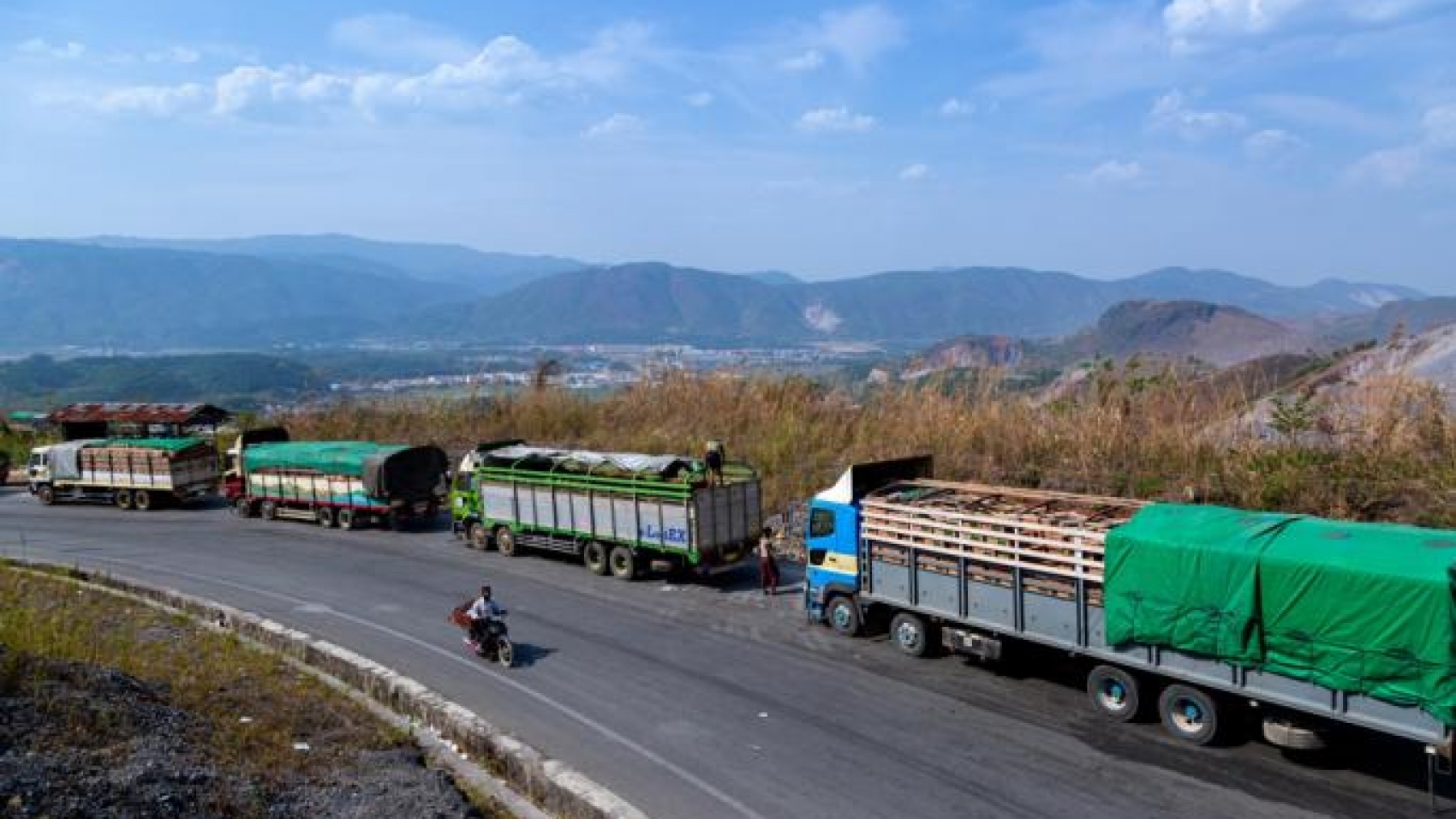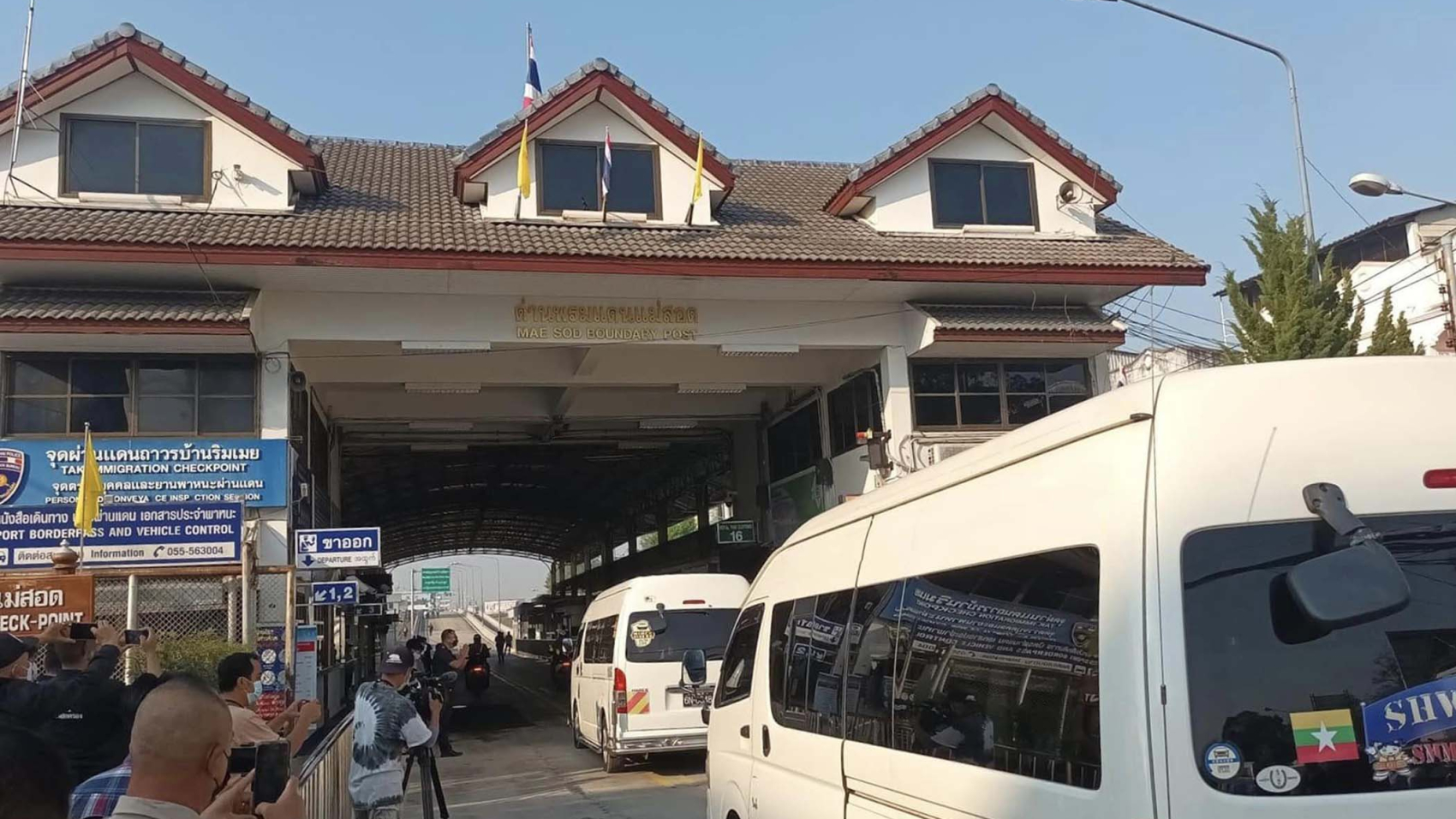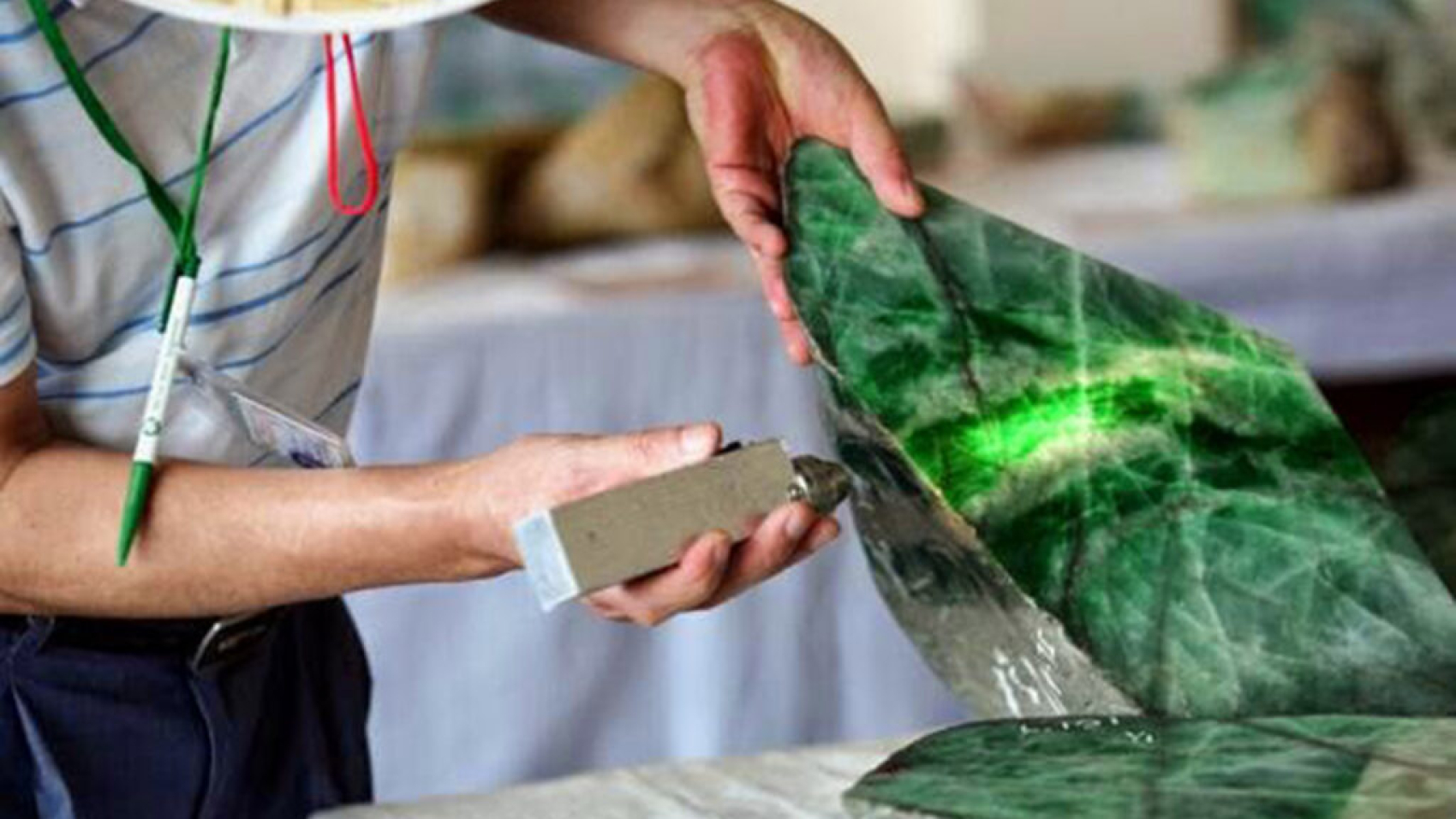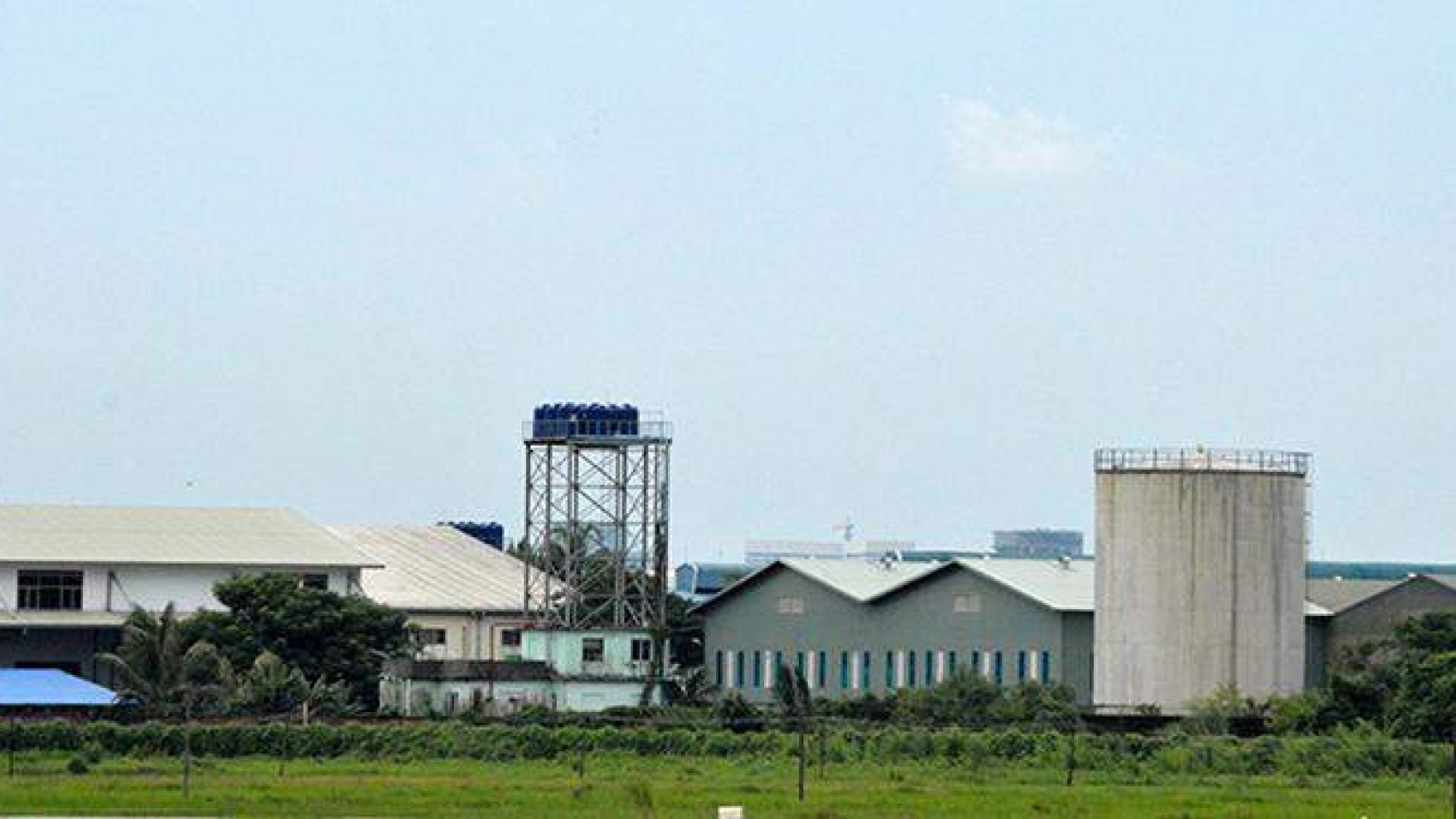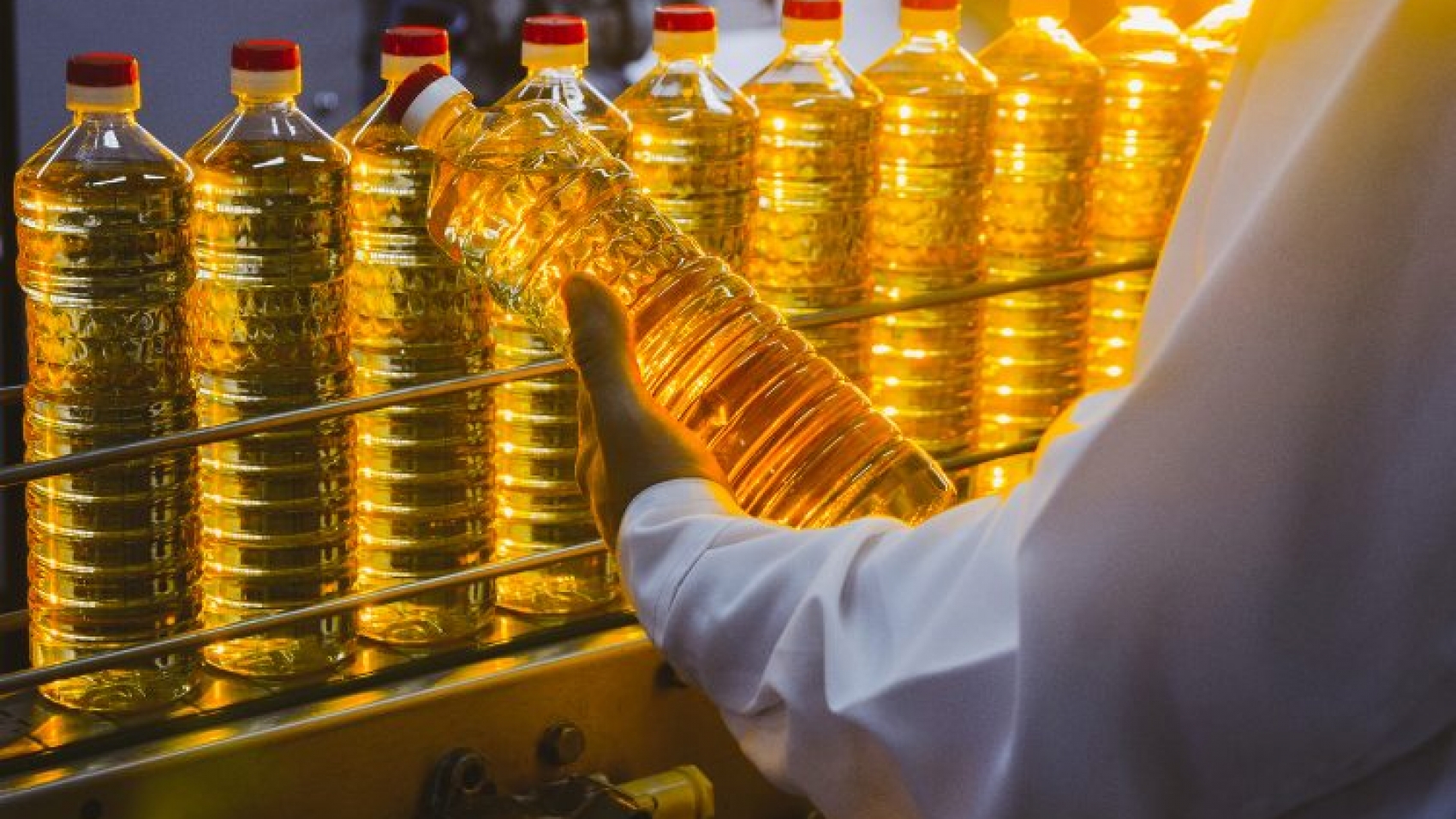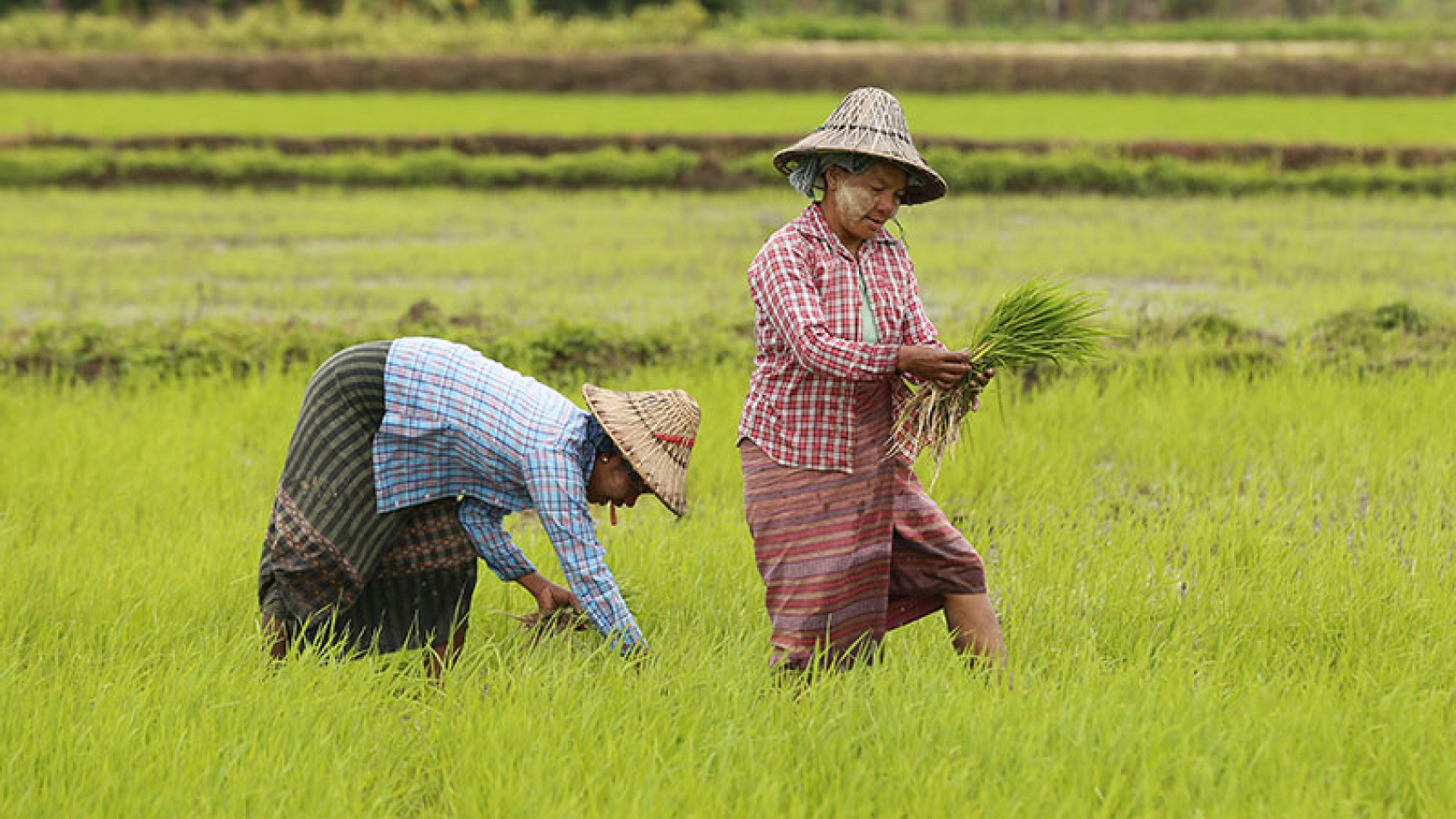The 100 per cent of the new Myanmar-Korea Friendship Yangon-Dala River bridge is expected to be completed by early 2024, according to the Ministry of Construction. For the main bridge PY2 on the Yangon side, the shaft piling work, which is the mid-water pillar work, has been completed from the bottom of the pillar to a height of eight metres. The construction work for the approach bridge along Phonegyi Road has also been completed. 48 per cent of the entire bridge has now been constructed due to the pouring of seven reinforced concrete floors according to the bridge construction site.
As the construction of the bridge nears completion, residents of Lanmadaw Township said that the scenery of the bridge project area — along Phonegyi Road in Lanmadaw Township and the port near the shore — has also changed. U Ye Aung, a resident of Phonegyi Road, told the Global New Light of Myanmar (GNLM) that the erection of bored piles for the main approach two-lane bridge along Phonegyi Road was seen in the last months of 2020. Around two years later, in early 2023, it has been seen that rows of beams have been placed between the main pillars and that reinforced concrete slabs have been laid.
Similarly, it is only necessary to lay the RC slabs for the two pedestrian overpasses under construction at the night market on Strand Road between Latha and Lanmadaw Township. The construction of the Dala Suspension Bridge over the Yangon River started in May 2019 and will be completed in early 2024. Therefore, in the next year or so, we will see a change in the scene of traffic using not only the surface road but also the approach bridges in front of Strand Road and Phonegyi Road. Along with the changes in the scenes, transport will become convenient and the development of the region will be improved. Especially, a new scene with various vehicles passing by on the concrete road where cargo vehicles travel, and above the bridge road, will become a new image of Yangon, the commerical city, Daw Win Ma, a resident of Lanmadaw Township, told the GNLM.
Source: The Global New Light of Myanmar

